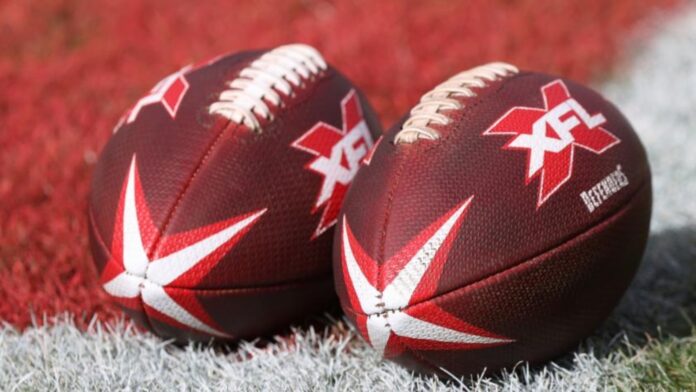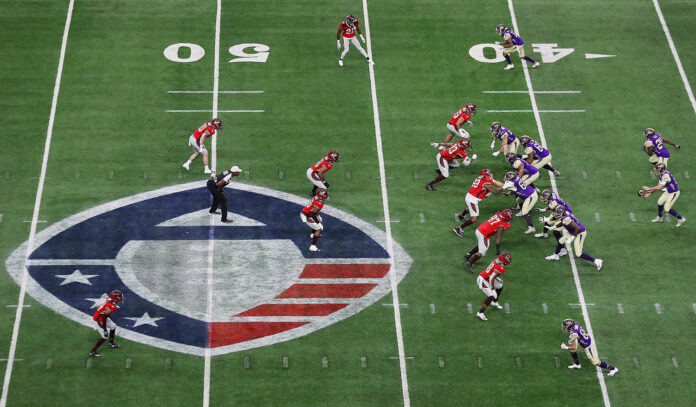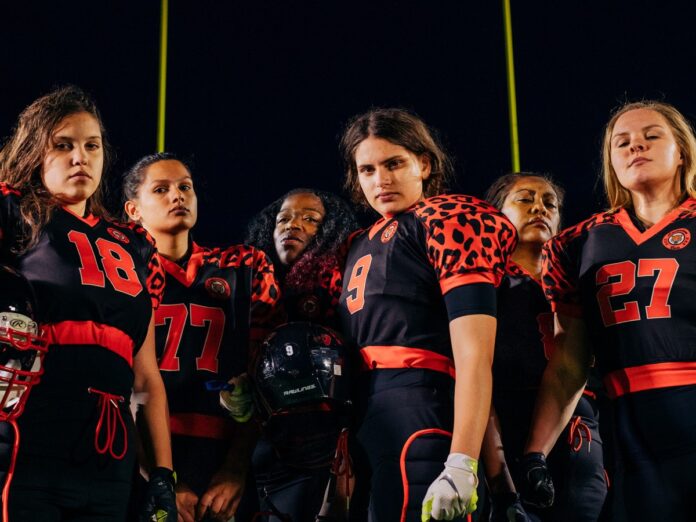The NFL is one of the most unique professional sports leagues in the world. It’s the world’s most lucrative league despite the fact that it serves only a domestic audience. To the north, there’s Canada’s CFL. To the south, there’s now a growing Liga de Fútbol Americano Professional (LFA).
Abroad, sports fans are more interested in the other football, rugby, cricket, and other globalized sports. Despite this, the NFL remains a global powerhouse in terms of revenue, reach, and engagement. For context, the world’s wealthiest sports team is the Dallas Cowboys… who haven’t won a Super Bowl since 1995.
The advent of sports betting throughout the US has only helped intensify interest from fans. Even though the Super Bowl concluded at the end of February, NFL odds from sites like OddsChecker are already forecasting next season’s outcome. With the league’s popularity ballooning, competitor leagues are waiting in the wing.
Throughout the NFL’s tenure, there have been multiple attempts at launching competitor or offshoot leagues. Let’s cover a few of the biggest standout attempts in recent history.
1. The Coolest Attempt: LFL

The Lingerie Football League was announced at the 2004 Super Bowl show. At the time, it was marketed as a simple ‘Lingerie Bowl’, but that soon evolved into the Lingerie Football League. After a tenuous first few years, the league rebranded into the Legends Football League (though the lingerie stuck around).
The second coming of the LFL saw international expansion into Mexico, Canada, and even Australia. However, the league eventually saw lagging numbers—which concluded in another 2020 rebranding as the Extreme Football League. The X League, as the LFL’s successor league is known, restarted in 2022. On September 10, the Chicago Blitz defeated the Atlanta Empire 19-12.
2. The Latest Competitor: USFL

Last year, Fox Sports helped revive a defunct league from the early 1980s (and then again in 2010). This time around, the USFL wasn’t going to compete directly with the NFL. Instead, it’s seeking to position itself as a summer league. Currently, there are eight teams registered with the league.
So, what makes the USFL different than other similar attempts, including the recently defunct The Spring League? So far, the USFL looks to have a promising future based on the management contracted with different teams. Given its relationship with Fox Sports, a trusted name in football, the USFL was able to sign on some major names, including Skip Holtz and Jeff Fisher, to name a few.
Along with signing top players, a league’s ability to attract quality coaches is a huge deal. After all, how good will any team be if they don’t have an experienced coach at the helm? Along with resources like equipment, facilities, and professional trainers, the staff is a critical component in fostering talent and competition.
3. The Perennial Attempt: XFL

Currently, the XFL is attempting its third restart. The original attempts (in 2000 and again in 2020) failed under the management of the WWE’s Vince McMahon. However, following an unlucky restart in 2020, Redbird Capital (owned by The Rock and Dany Garcia) took over. Since then, the league has seen an overhaul in branding and reach.
But there’s one huge hurdle that the XFL, which offers a shortened and more exciting format of American football, has to contend with: the success of the aforementioned USFL. The issue isn’t based on fans; the XFL is looking to serve as a summer league to avoid competing directly with the NFL or the USFL.
The trouble is related to the available pool of talent; fans can shift from one league to another, but players can’t. That means that the USFL, NFL, CFL, and XFL are all competing to sign top players. Obviously, a player wants to go with a position where they’ll be valued and paid well. At the moment, it’s a toss-up between which non-NFL league can offer that. In other words, if the XFL can’t attract good players to offer football worth watching, it’s likely to fold again—and quickly.
4. The Minor League Push: AAF

So far, we’ve covered the biggest attempts to launch a pro football league, along with one of the biggest issues all three are likely to encounter: a limited number of players. However, not every push to compete with the NFL is about professional football. Instead, some leagues attempt to take a bite out of the NCAA pie. Let’s cover how rookie football in the US works.
Almost uniformly, football players sign with colleges based on their outlook, which sees them compete in FBS (the top tier) to DIV football. The top players are then drafted into the league through the annual NFL Draft. From there, they’ll sign with teams to begin their pro career.
The idea to create a competing rookie league isn’t a bad idea. After all, if there must be enough talent to fill rosters in the NFL, CFL, XFL, and USFL, then there should be more rookies in the running. However, the NCAA is one of the most ingrained systems in the US—one that football players simply wouldn’t lightly skip over.
But that hasn’t stopped some from trying to launch a competing rookie league. Back in 2018, the Alliance of American Football (AAF) attempted to launch a rookie league alongside the NCAA. It was founded by the son of one of the XFL’s first co-founders, Dick Ebersol, and former Buffalo Bills manager Bill Polian. The league ran with a ten-week schedule before folding due to bankruptcy only eight weeks into its inaugural 2019 season.
5. The Actual Female League: WFA

Whether or not viewers took the lingerie-clad competitors in the LFL and, later, X League seriously, the football players themselves had a genuine love for the sport. In fact, female football isn’t totally unheard of—and the US has had a successful women’s football league since 2008, called the Women’s Football Alliance.
The 11-on-11 football minor league functions under the Women’s American football tackle rules. The program faced initial challenges in its founding years but has since expanded. In 2016, the WFA grew to include three tiers: Pro, Division 2, and Division 3. Since then, the WFA has also contributed time and resources to develop women’s leagues in Africa, Europe, and South America.







